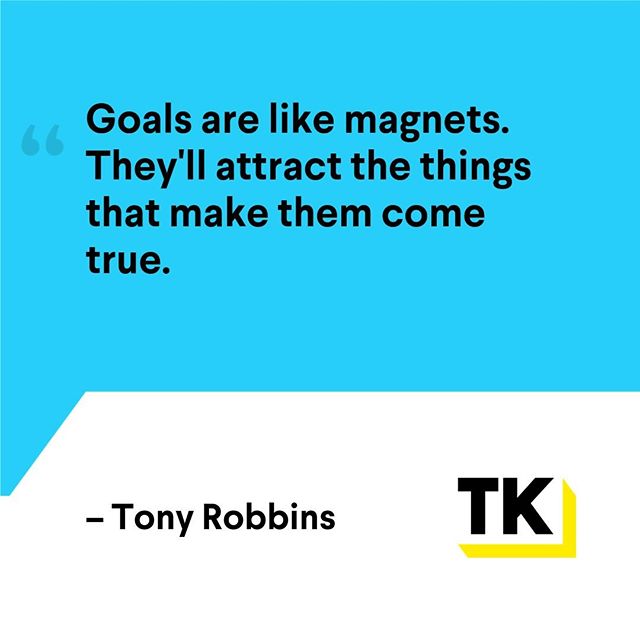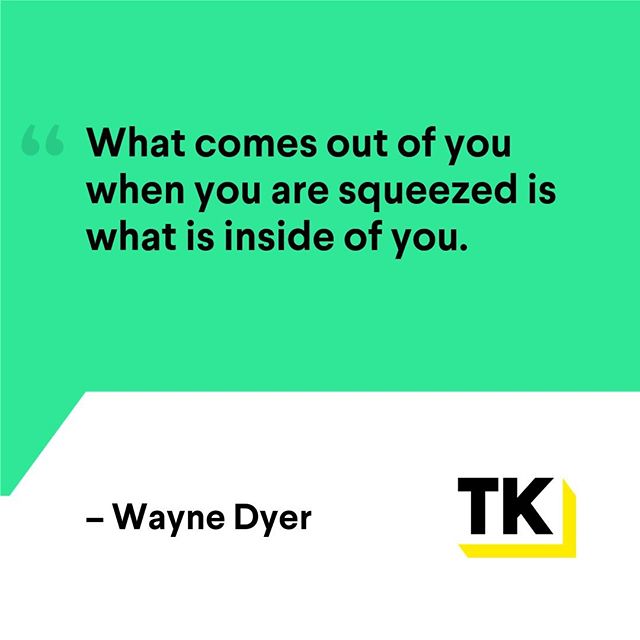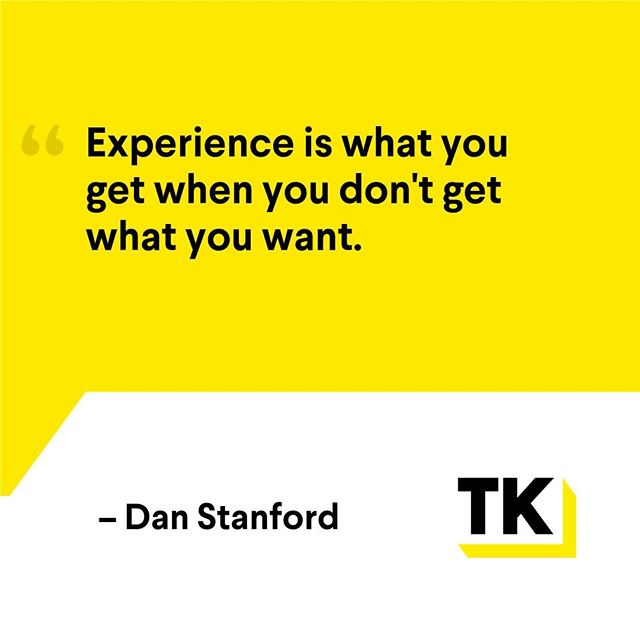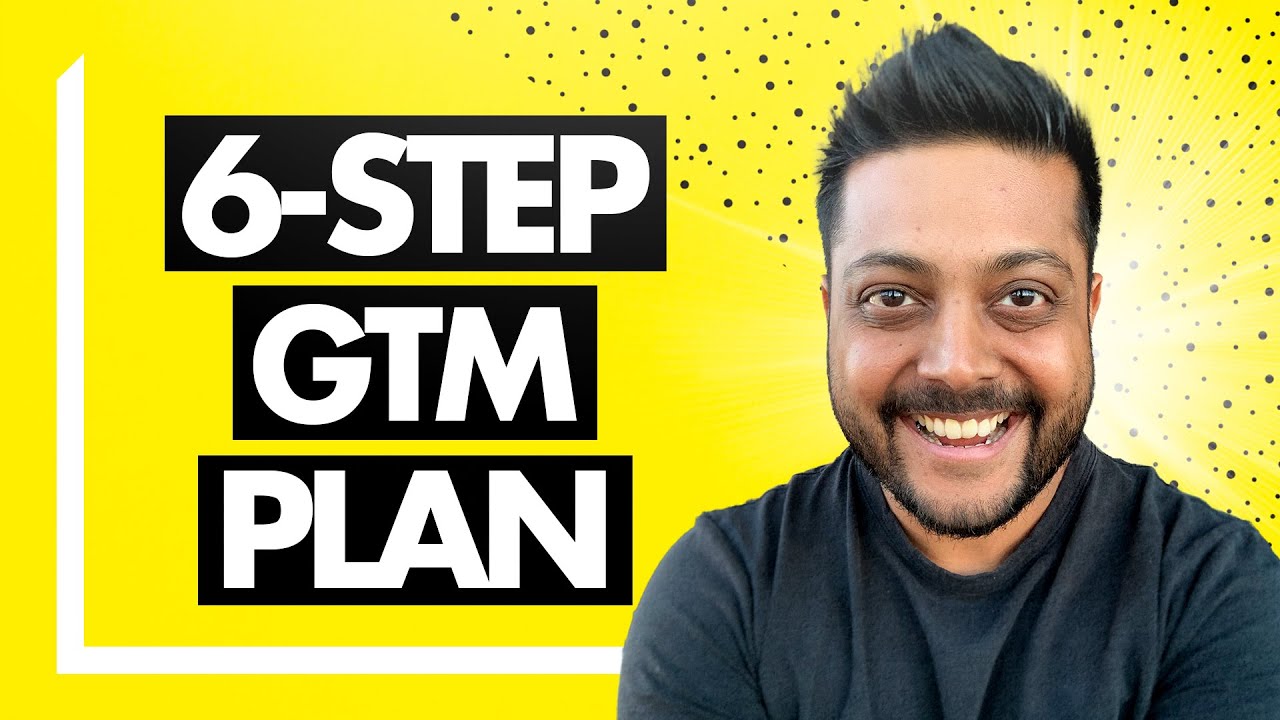Selling a SaaS product isn’t just about hopping on a call and giving a product demo. Early on in my journey, I quickly realized that having a well-structured SaaS sales methodology can be the difference between just talking to potential customers and actually closing deals.
Following a solid SaaS sales methodology is crucial for turning opportunities into revenue.
But with so many options out there, how do you choose the right one? And more importantly, how do you implement it effectively?
In this article, I’ll guide you through the top three SaaS sales methodologies that are transforming SaaS sales today. You’ll learn the key principles for selecting the right approach and how to put it into action. By doing so, you’ll be on the fast track to your next stage of growth.
Why You Need a SaaS Sales Methodology
When I first started booking sales demos for my SaaS business, I thought all I needed to do was dive into the demo and showcase the product. But I quickly discovered that simply showing the product rarely translates into real revenue – unless you’re dealing with someone who already trusts you.
The moment you start pitching to potential customers who don’t know you, it becomes clear that a successful sale requires more than just enthusiasm and a good demo. You need a structured approach.
A SaaS sales methodology gives you a proven framework to guide potential customers through the buying journey. It helps you build trust, address objections, and create a compelling case for why your solution is the right fit. Without a methodology, you’re just hoping your product will sell itself, which is rarely the case in a competitive market.
There are three major methodologies you’ll want to use for your SaaS business:
- Top-Down Model
- Bottom-Up Model
- Land and Expand Model
SaaS Sales Methodology 1: Top-Down Sales Model
The Top-Down Sales Model is ideal when your SaaS product is a core component of a company’s operations and the deal size is substantial. This approach is particularly effective for enterprise-level or mid-market clients where the software will drive significant transformation within the organization. In these scenarios, decisions involve multiple stakeholders, making it essential to start at the top.
What is Top-Down?
The Top-Down model begins by engaging with the leadership level — C-suite, department heads, or key decision makers within the organization. The goal is to secure buy-in from those at the top who have the authority to drive change and allocate resources. By starting at this level, you’re able to guide the buying process, educate leaders on the value of your software, and ultimately secure a commitment that trickles down through the rest of the organization.
This SaaS sales methodology is particularly effective for SaaS companies offering solutions that are integral to how a business operates. When your software is a critical part of a company’s operations, leaders need to be convinced that your platform is reliable, transformative, and worth the investment. They’ll want to understand how your product will impact their business, and they’ll need to trust that your software can deliver on its promises.
Top-Down often involves multiple meetings and a longer sales cycle, but the payoff is significant. When leaders are convinced of your product’s value, they are more likely to push for its adoption across the company, leading to larger deals and more deeply embedded solutions. This level of integration makes it less likely that the company will churn, as switching to a different solution would disrupt their entire workflow. Essentially, you’re not just selling software; you’re embedding your product into the fabric of how the company functions.
Unfortunately, if your deal sizes are small, the Top-Down approach may not be the best fit. A lengthy, resource-intensive sales process might not justify the return, and it could be a sign that you need to reassess your sales methodology. The sustainability of this model hinges on the size and impact of the deals you’re closing.
How to Implement a Top Down Model
There are three major steps to implementing a Top-Down model effectively:
1. Identify Key Decision-Makers
Start by identifying the key decision-makers within your target organizations. Build relationships with these leaders, understand their pain points and how your software can solve them.
2. Messaging that Educates
Next, you’ll want to educate them on the transformative potential of your product, and provide clear, compelling reasons for why they should trust your platform.
3. Nurture
As you move through the sales process, continue to engage with these leaders, ensuring that their needs are met and that they see the value in adopting your solution across their organization. Rather than relying solely on individual users discovering and sharing your product, a sales team will engage with higher-level stakeholders to secure large-scale deals and strategic partnerships.
This implementation requires a clear Go-To-Market strategy, including targeting the right customers, crafting effective messaging, and running consistent sales and marketing activities. To learn more, check out my 5-Point SaaS Growth Strategy Guide below.
SaaS Sales Methodology 2: Bottom-Up Sales Model
The Bottom-Up Sales Model takes a different approach by starting at the root level – engaging individual users or small teams within an organization. This model works really well for products that are easy to adopt and deliver immediate value, often through a freemium, trial period, or low-cost plans. The idea is to build a strong base of enthusiastic users who will naturally advocate for your software, leading to broader adoption across the company.
The advantage of this method is that the salespeople come in when there is already momentum and warm leads.
What is Bottom-Up?
This SaaS sales methodology is named Bottom-Up because it begins at the ground level, targeting the end-users of your product rather than executives or key decision-makers. You aim to get individual employees or small teams hooked on your software first by offering a free trial or an affordable entry-level plan.
As these users find value in your product, they start to rely on it for their day-to-day tasks. This adoption creates support and users will begin to advocate for its broader implementation across the company.
This approach works really well for products that are easy to use and deliver quick wins for users. The more your users find value in your product, the more they start to rely on it for their day-to-day tasks. This support makes it more likely that the users push for a company-wide license, making the case to their decision-makers for broader adoption.
How to Implement a Bottom-Up Model
To successfully implement a Bottom-Up model, you need to focus on making your product easily accessible and valuable to end users from the start. Here’s how:
1. Ensure Ease of Use
Design your product to be user-friendly and intuitive so that users can quickly see the value it provides. The easier it is for users to integrate your software into their daily workflows, the more likely they are to continue using it and share it with their colleagues.
2. Offer a Freemium or Trial
Start by providing a freemium model, a trial period, or a low-cost entry plan that allows users to experience the benefits of your software without a significant upfront investment. This lowers the barrier to entry and encourages experimentation.
3. Drive Internal Advocacy
Encourage satisfied users to share their positive experiences within the company. You can do this by offering incentives for referrals or creating resources that make it easier for users to advocate for your product internally.
4. Upsell and Expand
Once a significant amount of users is achieved, have your sales team reach out to decision-makers to show how widely your product is being used and the impact it has on their organization. Use this momentum to make the case for a company-wide license.
SaaS Sales Methodology 3: The Land and Expand Model
The Land and Expand model is a hybrid approach of the Top-Down and Bottom-Up approaches. It is designed to deliver immediate value with an eye toward future growth. Instead of committing fully to one method, this blended approach allows you to start small and gradually expand your presence within the organization.
What is the Land and Expand Model?
This model starts with securing a small, targeted entry point within an organization – often a pilot project, a single department, or a limited feature set. This “landing” phase allows you to demonstrate the value of your product on a small scale, giving the organization a low-risk opportunity to experience your software in action.
When you have successfully “landed,” the next step is to expand your footprint within the organization. This involves leveraging the success of the initial deployment to promote your software to other departments, increase the number of users, or upsell additional features. The goal is to gradually grow your presence and turn a small initial sale into a much larger, more comprehensive deal.
The beauty of this model lies in its flexibility. You deliver quick wins and use that success to secure larger deals and broader adoption. The key to success is carefully moving from that initial “land” to a more expansive relationship with the client.
How to Implement a Land and Expand Model
Implementing the Land and Expand model requires a thoughtful and strategic approach. Here’s how you can do it effectively:
1. Identify a Strategic Entry Point
Begin by identifying a specific need or department within the target organization where your product can deliver immediate value. This could be a pain point that your software addresses particularly well or a department that is more open to adopting new technologies.
2. Secure a Pilot Project or Initial Sale
Offer a pilot project, a limited deployment, or a smaller feature set to showcase the value of your product. Make sure this initial engagement is designed to deliver quick, measurable results that can be easily communicated to stakeholders. The more value you can demonstrate early on, the easier it will be to build a case for expansion.
3. Build Relationships with Stakeholders
As you deliver results, build relationships with key stakeholders across the organization. Engage with decision-makers in other departments and highlight the success of the initial deployment. Use these relationships to nurture and advocate for a broader adoption.
4. Expand and Grow
Showcase how your product has already made a difference and how expanding its use can benefit the organization as a whole. As you expand your presence, continually look for new opportunities to add value. This can be done by introducing new features, expanding to additional departments, or increasing user adoption.
By carefully managing the transition from landing to expanding, you can turn your small wins into substantial, long-term relationships with your customers.
Go-To-Market Strategy
A well-structured SaaS sales methodology doesn’t operate by itself. It’s fueled by a strong pipeline and quality leads. So, how do you generate a strong enough pipeline to fuel your sales strategy?
By a robust Go-To-Market (GTM) strategy.
Your GTM strategy is the foundation of your sales processes and ensures every step is aligned with your business goals and customer needs. There’s three key components…
1. Ideal Customer Profile
Your Ideal Customer Profile (ICP) defines the specific type of customer who will benefit most from your SaaS product and, in turn, will be the most profitable for your business. Having an accurate ICP guides your sales efforts, ensuring that your resources are focused on the right audience.
2. Messaging
Once you’ve identified your ICP, the next step is crafting messaging that resonates with this audience. Effective messaging communicates the unique value of your SaaS product in a way that speaks directly to the needs and challenges of your ICP. It’s not just about listing features, it’s about telling a story that connects with your customers on the right level.
3. Execution
Execution is where your GTM strategy and sales methodology come to life. Even the most well-defined ICP and perfectly crafted messaging won’t drive results without consistent, strategic execution. This involves aligning your sales and marketing teams to ensure that every action taken is in service of your GTM strategy.
In Conclusion
A well-structured sales process is essential for consistently closing deals and driving growth. By carefully selecting and effectively implementing the right sales methodology, you set your SaaS company on a path to exponential success. The right approach not only improves your chances of winning business, but also builds lasting relationships that fuel long-term growth.
If you’re a SaaS Founder and you want a working Go-To-Market strategy that compliments your sales process, grab a complimentary copy of my 5-Point SaaS Growth Strategy Guide below. I go into the key principles of building a scalable machine, so you can generate the necessary leads for your sales strategy to be successful.












